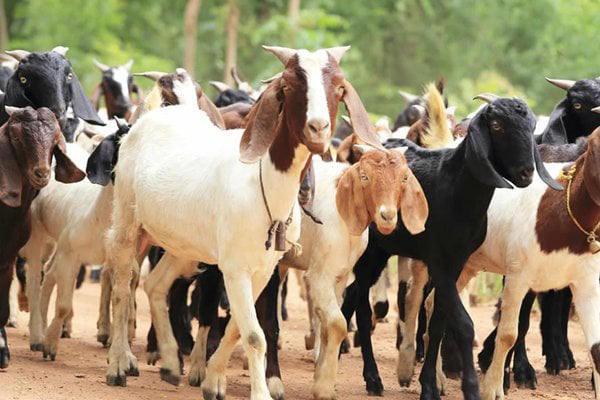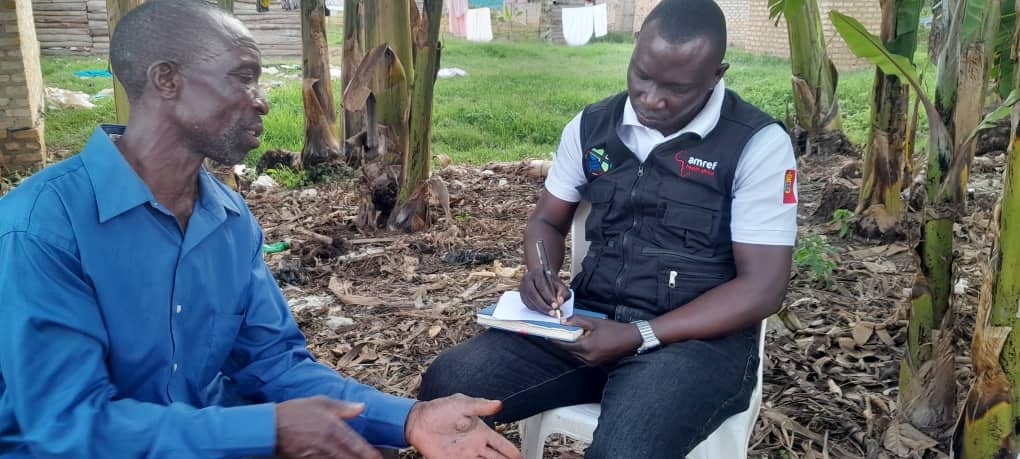Prime
Anthrax outbreak: Kyotera death toll now rises to 17

Anthrax is caused by a bacteria known as Bacillus anthracis. It occurs naturally in soil and commonly affects domestic and wild animals. PHOTO | FILE
What you need to know:
- According to World Health Organisation (WHO), anthrax is not contagious, meaning you cannot catch it from another person like the cold or flu.
The Ministry of Health has confirmed an outbreak of anthrax in Kabira Sub-county, Kyotera District, which residents have for the past month been referring to as a strange disease.
Dr Edward Muwanga, the Kyotera District Health Officer (DHO), said blood samples collected from three victims at Kyamayembe Village, Kabira Sub-county on November 23 and taken to Uganda Virus Research Institute (UVRI) in Entebbe tested positive for anthrax.
Anthrax is caused by a bacteria known as Bacillus anthracis. Humans generally acquire the disease directly or indirectly from infected animals or occupational exposure to affected or contaminated animal products.
“On Sunday, November 26, we confirmed the tests to be positive for anthrax and we currently urge all residents to avoid taking meat from dead animals and not well cooked,” he said in an interview yesterday.
Mr Richard Kalanzi, the chairperson of Kabira Sub-county, said three more people have so far succumbed to the deadly disease.
One of the victims was a resident of Bbanda Village, another one from Kyamayembe Village and the recent one only identified as Ssenyonjo, a resident of Kyakataggwa in the same sub-county.
“It is absurd that the resident who died yesterday (Monday) had been taken to one of the shrines in Kyamulibwa in Kalungu District where most victims have been seeking medication. Ssenyonjo brings the number to residents who have succumbed to the disease to 17 and the patients are 28,’’ he said.
According to World Health Organisation (WHO), anthrax is not contagious, meaning you cannot catch it from another person like the cold or flu.
Yesterday, a team from WHO and district officials visited Kyamayembe Village where they cautioned residents against eating meat of dead animals.
Dr Chris Opsen, an anthropologist from WHO, issued several guidelines, which residents ought to follow to avoid contracting anthrax.
“This disease is not in any way linked to witchcraft as some of you allege, but instead, a bacterial infection that needs medical attention. Therefore, you are advised to report any cases detected in the community to the medics for quick attention,” he said.
Diagnosis
Mr Emax Kintu, the Kyotera District health educator, said much as anthrax is curable, early diagnosis is key in ensuring better treatment outcomes.
“Let residents seek medical services at the onset of signs and symptoms and also adhere to the treatment. Prevention is feasible through avoiding contact with diseased and dead animals (both domestic and wild),” he said.
“Proper disposal by burying of carcasses, hides and skins is also vital,” Mr Kintu added. He tasked community members to disseminate correct information among themselves to contain the spread of the disease.
Background
In July last year, the district was hit by what was believed to be a strange disease, killing 13 residents in Kijonjo Parish, Kasasa Sub-county.
The Ministry of Health later named the illness cellulitis, locally known as ettalo. Victims were presenting signs and symptoms such as vomiting, diarrhoea, headache and bleeding before death in a short period.
Many people in the central region believe that cellulitis, which is a common bacterial skin infection that causes redness, swelling and pain in the infected area of skin, can only be treated by traditional healers using herbs, but doctors insist cellulitis is treatable in hospitals. In September, one person died and more than 20 others were admitted to various health facilities after eating suspected contaminated meat.



